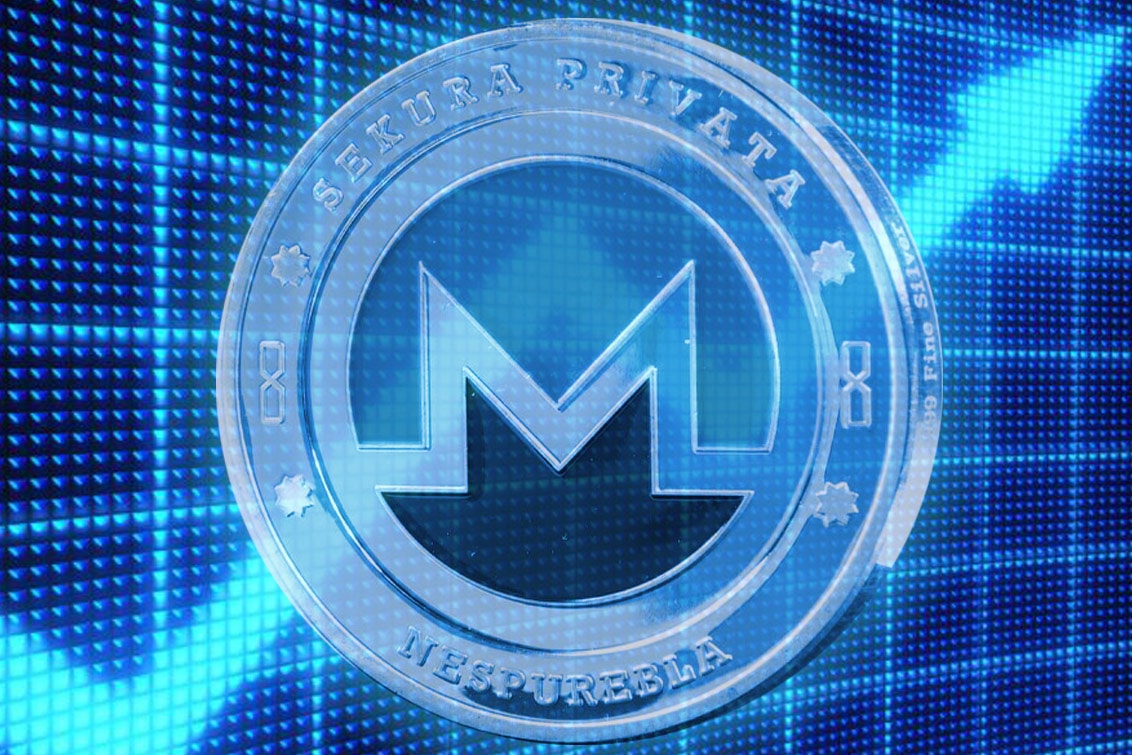
|
Getting your Trinity Audio player ready... |
Privacy crypto-king Monero had incredible success mid-last year, as it sky-rocketed in price, seeing wider adoption amidst significant use in darknet markets, and a hardfork upgrade that saw the adoption of Gregory Maxwell’s confidential transactions (Ring Confidential Transactions) methodology. This cemented Monero as the privacy king of crypto.
The FBI have in the past singled out Monero as a source of concern, due to its clever algorithmic methods for blockchain obfusciation. Also worth noting is that the recent WannaCry ransomware attackers have shapeshifted some of their funds into Monero. From that point on, all traceability of funds is lost. There are no known tools today to perform analysis on this chain. Tracking your spending habits is a difficult job on Bitcoin (yes there are ways to remain anonymous on Bitcoin – more on that in future), but that job is made virtually impossible on Monero.
It comes at a cost however. Privacy isn’t free. Firstly, there is a miner fee that is still significantly less than Bitcoin, but also higher than it is for say, BitcoinCash. This is in part due to the larger transaction sizes that are evident on Monero’s blockchain. The second cost comes in the form of usability. Monero has a little more going on than the average crypto-currency. In all software development, there is always a trade-off between security and functionality. Monero is tightly positioned on the security end of that spectrum which does affect cost of usability, if you compare it to Bitcoin for example. Users of Bitcoin who test the waters with Monero will find a new key in this paradigm known as the ‘view key’, which enables the key holder to view the details of a transaction. This is entirely separate to your public (wallet) and private (spend) keys.
And of course, scalability is a non-issue at present (although there are some concerns down the road for which the dev team are working on), given its dynamic blocksize adjustments. This is an advantage over Bitcoin (with its capped transaction limit), but again not so much with BitcoinCash.
On all matters technical, Monero has a place in the crypto-space, and one that is evidently emerging on all financial indicators. I’m not someone who likes to predict price movements. But if we look at two simple facts, I believe the possibilities are quite telling.

Firstly Monero’s price since mid-2016 has been on a solid increase, that appear to have the seeds of a parabolic pattern. Long term support lines are certainly holding even despite recent volatility given Bitcoin’s shake-up of the crypto space.
The second fundamental point is Monero’s aggressive supply curve. We know very well that scarcity creates value. We know this from Bitcoin’s economic incentives, and from rare natural resources around the world. Monero mining began 5 years after Bitcoin. But Monero’s emission rate is far more aggressive than Bitcoin. So much so that by the year 2019 there would have been almost as many Monero in circulation as there would be Bitcoin. The aggressive emission is unusual – as most cryptos follow a similar curve to Bitcoin, and some others, such as ZCash, even opted for an initial slow release. The slow release in ZCash was explained as a method to “stabilize the network” in the early days, but perhaps it was also designed to cause a loud spike in price, and raise heavy awareness – which it did, as a PR move. Monero’s aggressive coin minting means price dilution – it’s been difficult for Monero to get proper traction that it otherwise may have, thus far. But…

… Monero’s supply curve however, takes a very sharp turn from literally this year onwards. Mid 2017 to 2022 to be precise. Monero’s emission rate isn’t based on ‘halvings’ as Bitcoin is. It instead uses a smooth decreasing reward formula.
Given Monero’s aggressive initial mint-rate it’s somewhat a surprise that each Monero coin is today hovering around 50 USD. 2019 will be an interesting year where for a brief moment the supply rate of both Bitcoin and Monero will marry up, only for Monero to then become the more scarce crypto for two decades following.
Whatever happens, it will surely be interesting to watch. At least even from an economic, experimental, point of view. What impact does scarcity have on price, and how does a sudden change in volume distribution affect things?
Early bitcoin investor and evangelist Roger Ver is well known within the community for his work with Bitcoin, and his efforts at visibility campaigns in the early days. He was once quoted as stating that Monero is his biggest investment in the crypto space since Bitcoin. That’s a substantial comment to make, but it’s not for no reason.
With good leadership, a strong dev team, and good indicators for growth, things are looking positive.
Eli Afram
@justicemate

 11-22-2024
11-22-2024


